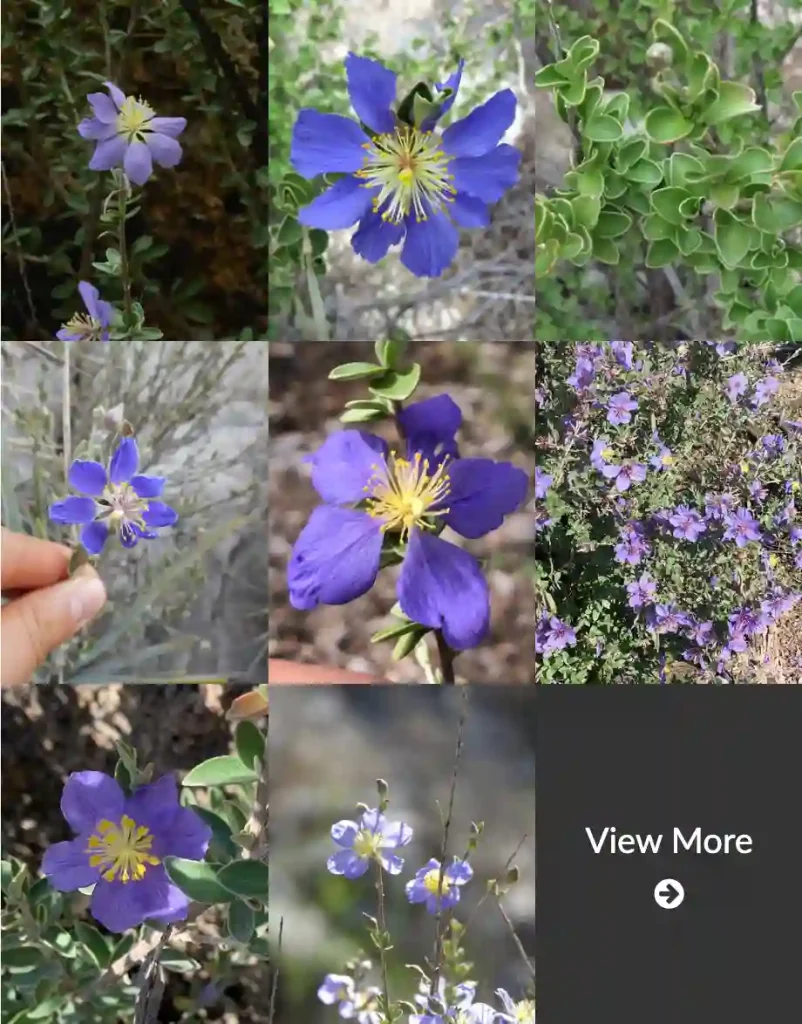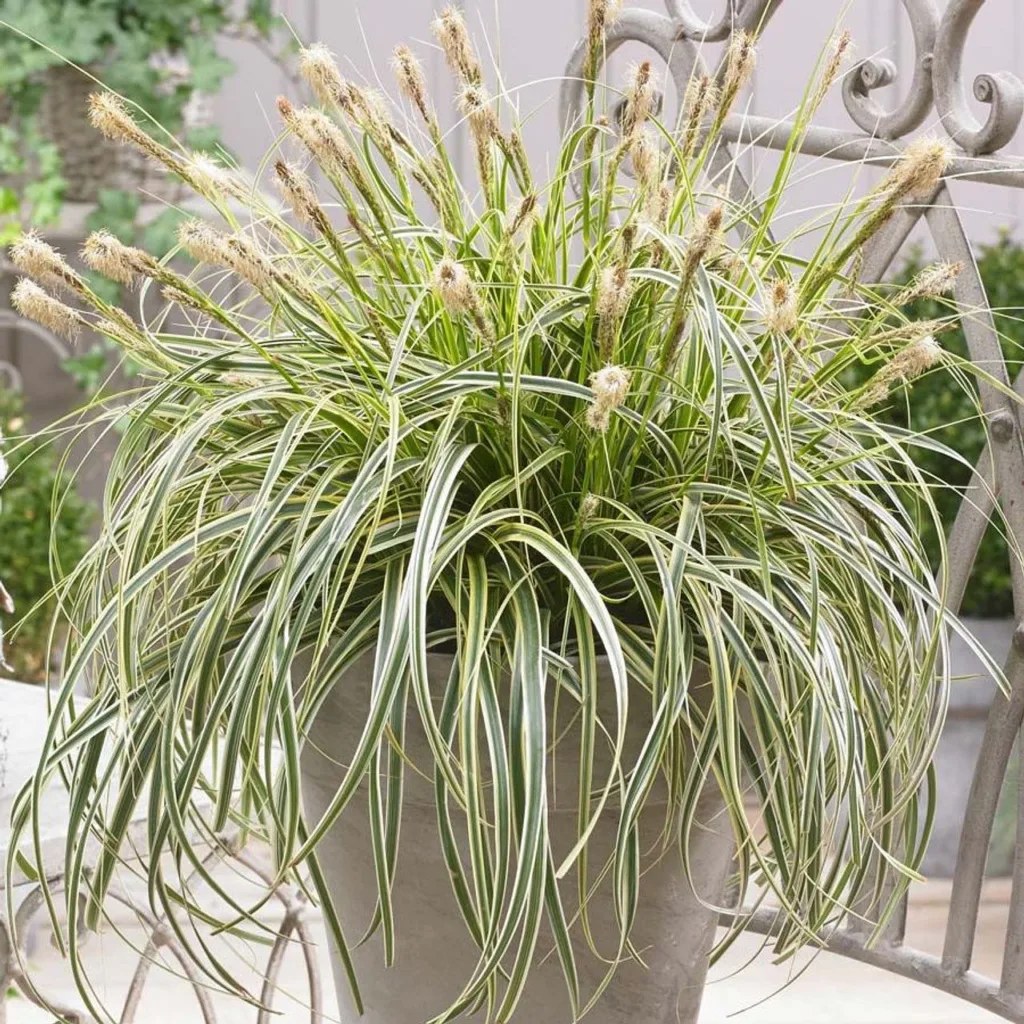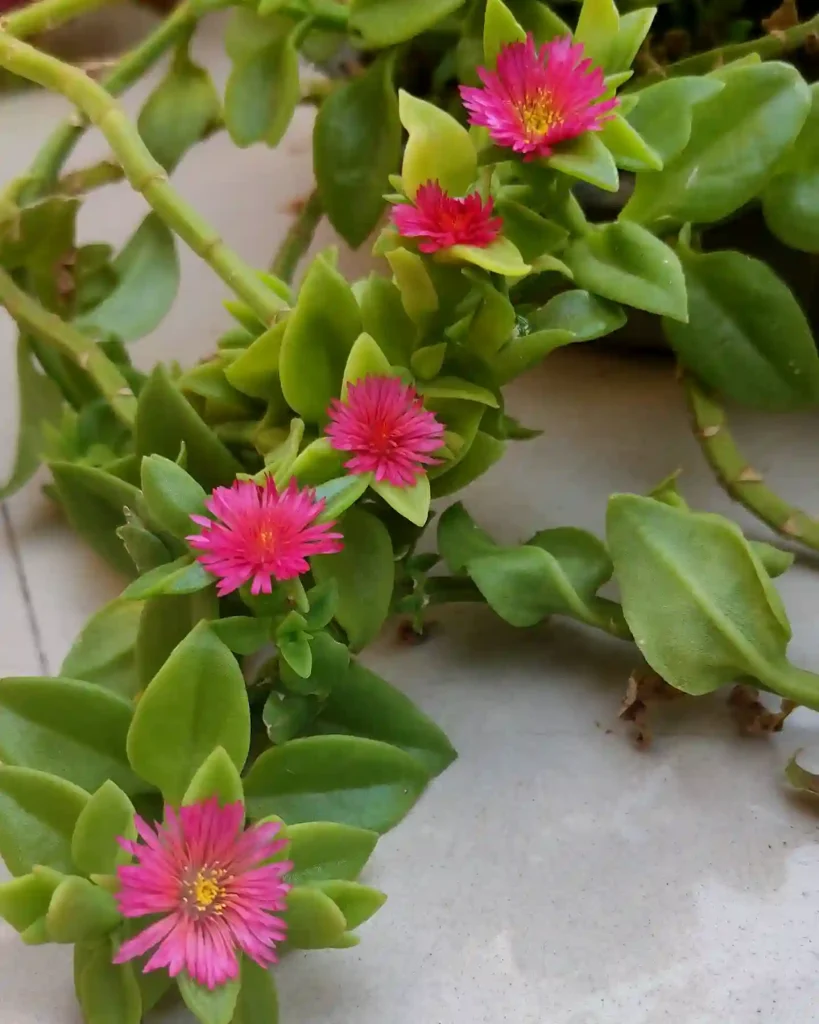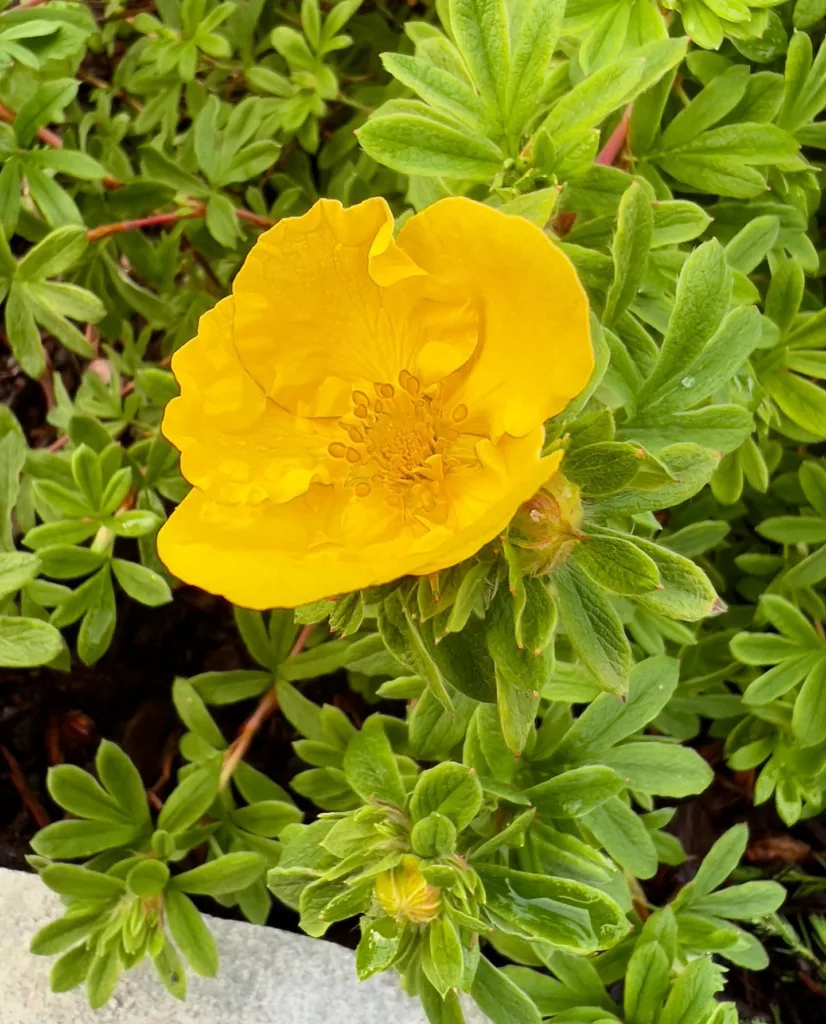Peperomia Kimnachii: A Guide for Plant Enthusiasts
Hi, Ferb Vu here! Today, we’re diving into the world of the Peperomia Kimnachii, a stunning little houseplant quickly gaining popularity. This guide will answer all your burning questions about this beauty, from care tips to its unique characteristics.
1424 Species in Genus Peperomia
What is a Peperomia Kimnachii?
The Peperomia Kimnachii (pronounced kuh-MACK-nee-eye) is a succulent belonging to the Peperomia genus. It boasts glossy, oval-shaped leaves with a deep green hue. Unlike some Peperomia varieties, the Kimnachii develops a reddish, upright stem that can trail over time, making it a versatile choice for shelves, hanging baskets, or tabletops.
Is the Peperomia Kimnachii easy to care for?
Absolutely! This little wonder is perfect for plant beginners or those with busy schedules. Here’s what you need to know:
- Light: Peperomia Kimnachii thrives in bright, indirect light. Avoid harsh midday sun, which can scorch the leaves.
- Water: These succulents store water in their leaves, so resist the urge to overwater. Allow the soil to dry completely between waterings.
- Soil: Opt for a well-draining cactus or succulent mix. You can even add perlite or pumice for extra drainage.
- Temperature: Aim for temperatures between 50 and 95 degrees Fahrenheit (10-35 degrees Celsius). Avoid cold drafts.
- Fertilizer: Feeding your Peperomia Kimnachii isn’t essential, but a balanced fertilizer diluted to half strength during the growing season can provide a boost.
How big does a Peperomia Kimnachii get?
A mature Peperomia Kimnachii typically reaches 2-3 feet (60-90 cm) in height with a spread of 8-12 inches (20-30 cm).
Does the Peperomia Kimnachii flower?
Peperomia Kimnachii produces small, white flowers on inconspicuous spikes. While not particularly showy, they add a delicate touch to the plant.
How is the Peperomia Kimnachii different from other Peperomia varieties?
There are over 1,000 Peperomia varieties, each with unique characteristics. Here’s a quick comparison with two popular types:
- Peperomia Obtusifolia (Baby Rubber Plant): A classic choice with round, fleshy leaves. It grows taller and bushier than the Kimnachii and prefers slightly more moisture.
- Peperomia Watermelon: Known for its distinctive foliage with dark green stripes resembling a watermelon rind. It requires similar care to the Kimnachii but may be slightly more sensitive to underwatering.
Common Peperomia Kimnachii Problems and Solutions
- Yellowing leaves: This usually indicates overwatering. Allow the soil to dry completely between waterings.
- Drooping leaves: Underwatered! Give your plant a thorough drink and adjust your watering schedule.
- Brown spots on leaves: Direct sunlight or underwatering can cause these. Move your plant to indirect light and adjust your watering routine.
Propagation Tips for Peperomia Kimnachii
Propagating your Peperomia Kimnachii is a breeze! Here are two methods:
- Stem cuttings: Take a healthy stem tip with a few leaves, dip it in rooting hormone (optional), and plant it in a well-draining potting mix. Keep the soil moist but not soggy and provide bright, indirect light.
- Leaf cuttings: Cut a healthy leaf from the stem and lay it flat on a moist potting mix. Ensure the petiole (leaf stalk) makes contact with the soil. Cover the pot with a clear plastic bag to maintain humidity and place it in bright, indirect light.
Conclusion: Bringing a Peperomia Kimnachii into Your Home
With its stunning looks and easy-going nature, the Peperomia Kimnachii is a fantastic addition to any indoor space. Its compact size and trailing habit make it a versatile plant, while its minimal care requirements ensure success even for novice plant parents. So, why not bring a touch of lush greenery and serenity into your home with this charming succulent?
If i die, water my plants!



